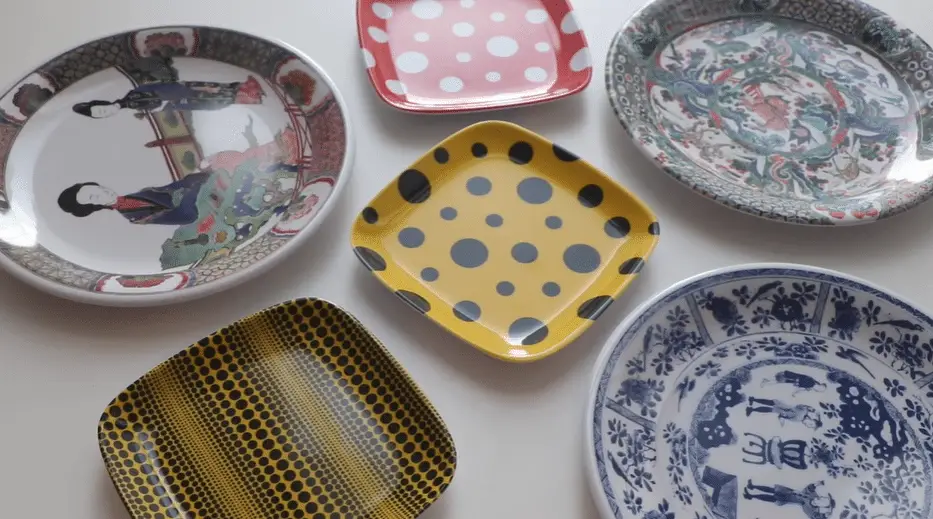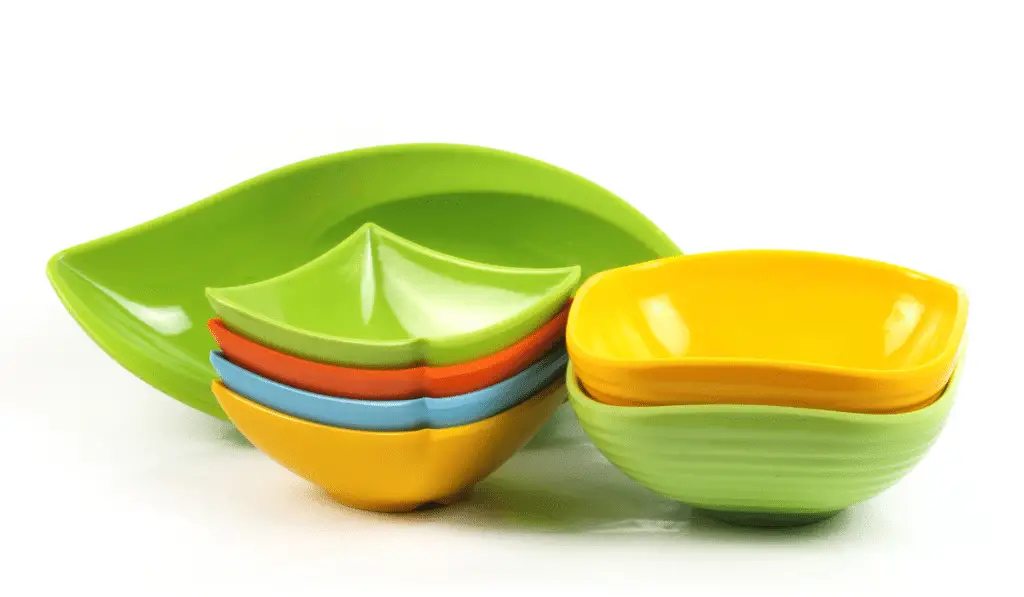Melamine plates are everywhere. In fact, they are becoming more and more popular not just in the local markets but in online stores as well.
There are people who invest in designer melamine products as they can be considered an exquisite alternative to fine porcelain and ceramic.
Others buy them because they are fire and heat-resistant, simple to clean, and nearly indestructible.
If you are considering getting your own set, you have to know if they’re really safe to use first. This article aims to help you with that.
What Is Melamine?
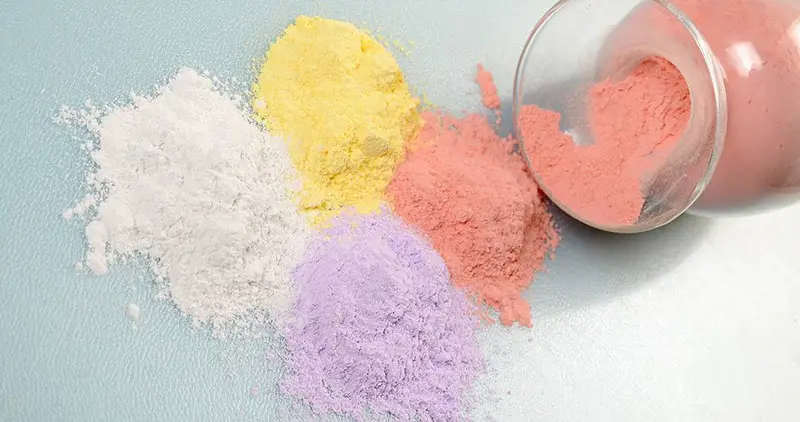
Many manufacturers employ melamine, a nitrogen-based compound, to make various items, including plastic dishware. Utensils, countertops, plastic objects, dry-erase boards, and paper products all contain it.
Even though melamine is commonly used in various products, some people have expressed worry that it may be hazardous like those plates containing lead.
Melamine tableware is a lightweight, dishwasher-safe, and durable material.
For restaurants, its design enables employees to handle big serving trays, serve meals more quickly, and prevent strain.
Melamine dinnerware is available in various colors and designs, making it an artistically versatile product that complements practically any situation.
It is used as a fertilizer in one country, although it is not authorized for that use in the United States.
The Dangers of Melamine Tableware
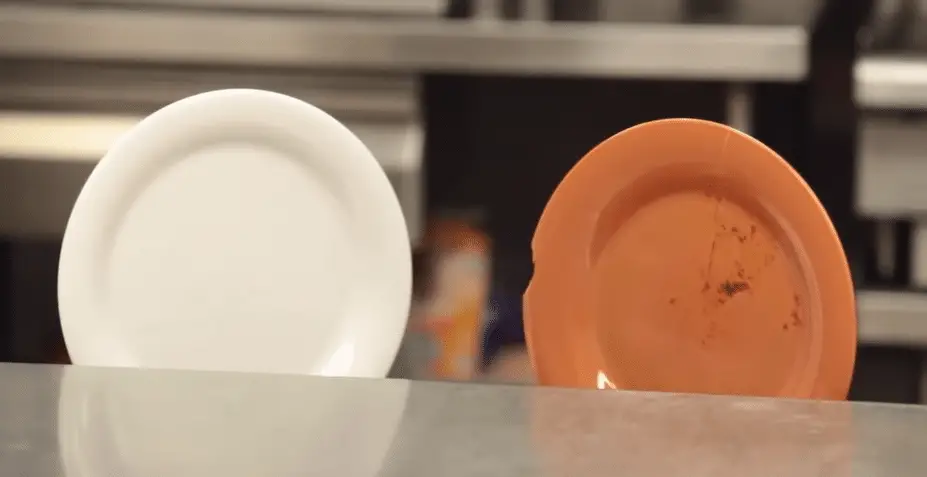
In a nutshell, melamine is a safe material to use in dishware. The material is molded with high heat when it is used to make plasticware.
While the heat breaks down most of the melamine compounds, a little amount remains typically in the plates, cups, utensils, and other surfaces.
Melamine may melt if it becomes too heated, causing it to seep into foods and drinks. It may also transfer from plates to meals and cause unintentional intake and excessive melamine exposure, a safety risk.
Melamine products have been tested for safety by the Food and Drug Administration (FDA).
One example is measuring the quantity of melamine that seeped into meals when the melamine was held at high temperatures against the foods for hours at a time.
According to the FDA, acidic foods, such as orange juice or tomato-based products, were found to have more significant amounts of melamine migration than non-acidic meals.
However, the quantity of melamine escaping is considered extremely tiny — around 250 times lower than the threshold of melamine designated dangerous by the FDA.
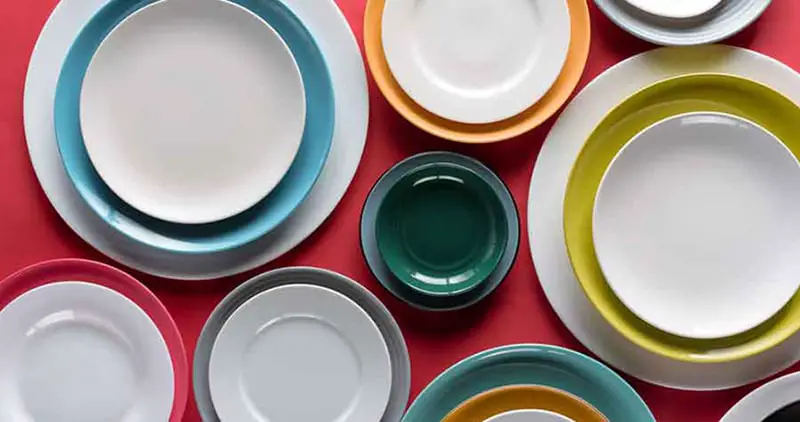
Plastic plates, including those containing melamine, have been confirmed to be safe by the FDA. They determined that 0.063 milligrams per kilogram of body weight per day are an acceptable daily consumption.
The main worry with melamine is that it may cause melamine poisoning when it leaks into meals.
Sixteen healthy participants were instructed to eat hot noodle soup served in melamine bowls in a short 2013 research published in JAMA Internal Medicine.
After the soup consumption, the researchers took urine production samples from the individuals every 2 hours for 12 hours. According to the researchers, melamine was found in the subjects’ urine between 4 and 6 hours after they initially ate the soup.
While the quantity of melamine in the plates varies depending on the manufacturer, the researchers were able to identify melamine in the soup consumption.
They collected urine samples before the participants ate the soup to ensure they didn’t already have melamine in their system.
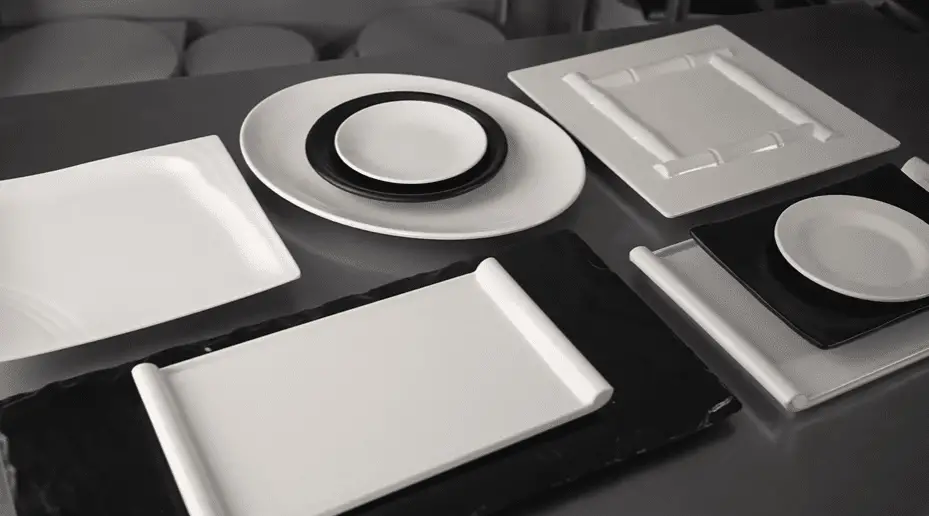
The research authors stated that the possibility of long-term damage from melamine consumption “should still be of concern.”
If people consume a significant amount of melamine, they may develop renal issues such as kidney stones or kidney failure.
According to a paper published in the International Journal of Food Contamination, low levels of melamine exposure may be linked to an increased risk of kidney stones in children and adults.
In September 2008, a severe food safety event in China was made public.
About 300,000 Chinese newborns and young children were impacted by renal and urinary tract complications, including kidney stones, with six fatalities recorded.
Melamine had been purposefully introduced to diluted raw milk at milk-collecting stations, presumably to increase its protein content artificially.
Melamine has since been found in various milk and milk-containing products, as well as other food and feed items that were sold to many nations throughout the globe.
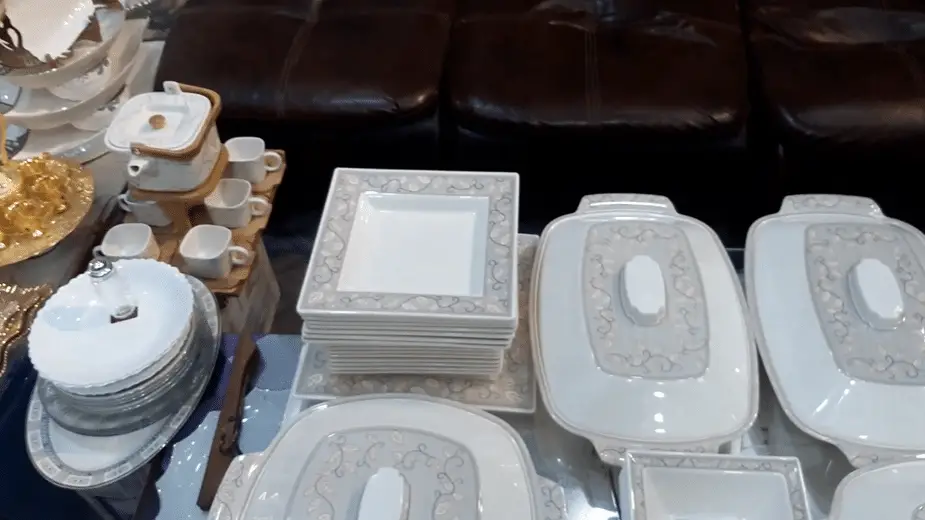
Another worry concerning melamine toxicity is that physicians are unsure of the long-term consequences of chronic melamine exposure.
The majority of current research is based on animal studies. These are the following melamine poisoning symptoms:
- discomfort in the flanks
- blood in the urine
- irritability
- high blood pressure
- urine output is low to non-existent
- an urgent desire to urinate or urine pain
If you see any of these symptoms, you should get medical attention as soon as possible.
According to ResearchGate, the greater the melamine migration levels, the cheaper the melamine-made dinnerware samples are.
The quantity of melamine that migrates is affected by temperature, contact duration, simulant, and tableware costs. Because dinnerware is used regularly, choosing materials that contain foodstuffs with care is advisable.
Which Is Better: Melamine or Plastic?
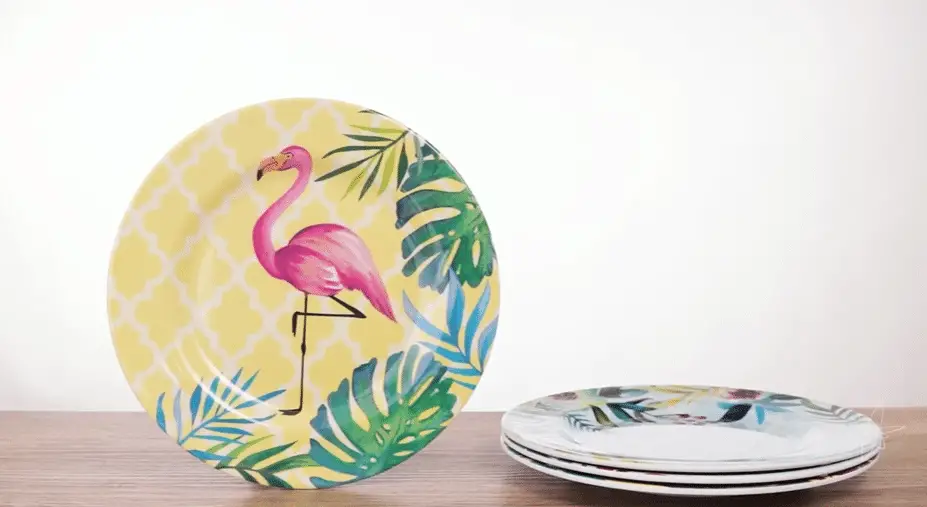
Plastic, as we all know, is made up of harsh chemicals and is not biodegradable. Some plates made from plastic may even contain lead.
Plastic tableware is a cost-effective solution, yet it is very hazardous to the environment and human health.
Melamine plates are more robust than ordinary plastic. It is non-biodegradable, still contains harsh chemicals, and the problem of leaking poisons does not disappear.
Because of its more rigid firmness, it may be fashioned into attractive ceramic plates and bowls. It has a lovely appearance, yet it is not breakable.
However, it is still plastic in spirit and from a healthy and biodegradable perspective. Melamine plates are only plastic substitutes.
Are Melamine Plates Microwave-Safe?

It’s important to understand that microwave-safe means different things to different people. Microwave-safe means no risk of a dish exploding for some.
Others interpret this to mean that chemicals would not migrate into food.
Microwave plastic plates that aren’t labeled “microwave-safe” aren’t recommended, according to the FDA. Ceramic components, not melamine, are often used in microwave-safe goods.
In conclusion, microwave-safe melamine dinnerware is not available. Even though melamine is engineered to tolerate high temperatures, it should never come into touch with hot food.
Melamine tableware is made up of wood pulp. Melamine dinnerware will ultimately dry out if microwaved or subjected to temperatures over 160°F (independent of the heat source) regularly or for an extended time.
Consider a tree that hasn’t received any water in a long time.
Its branches would be weak, brittle, and more readily break than if it was rinsed correctly. Melamine tableware behaves similarly when microwaved repeatedly or subjected to temperatures over 160°F.
The thirsty material will become brown, brittle, shatter, chip, or fracture long before its expected service life is over.
You may, however, heat anything on a microwave-safe plate before serving melamine dishes.
Other Benefits of Melamine Tableware
Learn why foodservice companies are moving to melamine tableware by reading the top benefits of using melamine.
1. Cost-effective
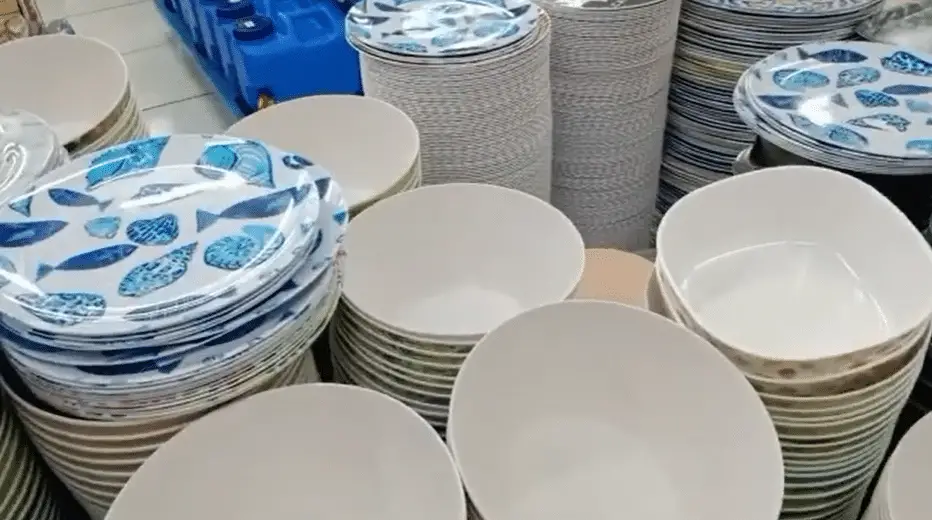
Melamine dishes are a cost-effective alternative to China. It is also challenging to shatter, chip, or scratch. Melamine dinnerware is the only form of tableware that combines refinement and utility at a reasonable price.
Melamine tableware is essentially unbreakable and chip-resistant, but it is appropriate for formal occasions such as weddings and dinner parties.
It’s also perfect for ‘first-home’ couples and parents with small children who appreciate hosting kid-friendly dinner parties without compromising sophistication.
2. Food-safe plastic
Melamine is often questioned as to its safety. The FDA Safety and Risk Assessment of melamine, on the other hand, claims that this kind of plastic is entirely safe to use.
However, conventional oven and microwave usage are avoided owing to high oven temperatures and microwaves damaging the material’s integrity.

3. Mimics other materials
Melamine is a lightweight material that may be painted to seem like stoneware, china, or wood. It can be hand-polished to achieve a smooth, high-gloss finish that gives it a porcelain appearance.
4. Temperature-resistant
Melamine does not absorb the heat from plated meals, lowering the risk of accidental burns.
5. Lightweight
Melamine dinnerware will keep your personnel safe from stress. If you use it at home, you’ll get the same benefit.
6. Dishwasher-friendly
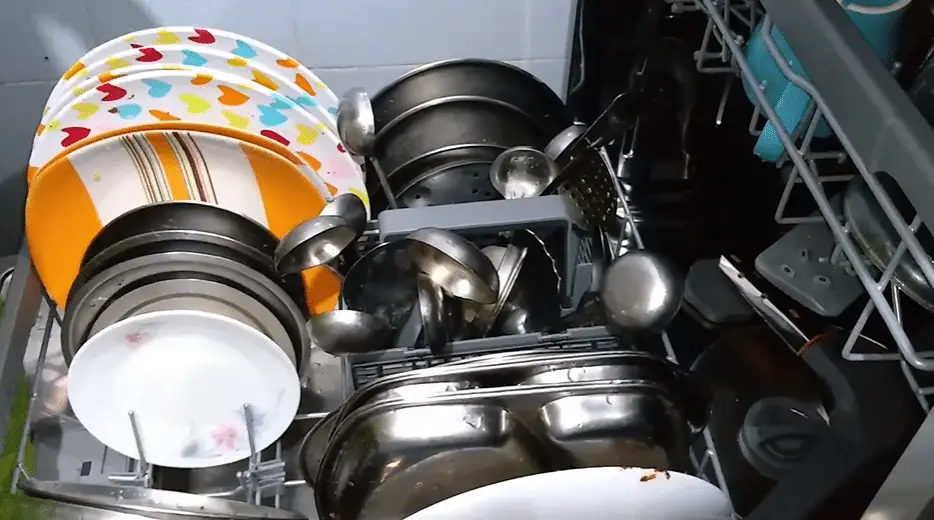
Dishwasher-safe melamine dishware speeds up cleanup and kills germs. Melamine dinnerware is very simple to clean since it is nonporous.
It may be washed on the top and bottom racks of the dishwasher, making eating and entertaining a breeze.
7. Versatile
Unlike expensive porcelain and ceramic, melamine tableware and serve ware are suitable for indoor and outdoor use.
Without worrying about breakage or chipping, use melamine tableware for outdoor parties and events, outdoor barbecues, poolside eating, patio partying, and outdoor weddings.
Melamine is available in various colors, shapes, and styles. You can use the same melamine dinnerware line in your dining room, patio, and poolside bar.
8. Durable
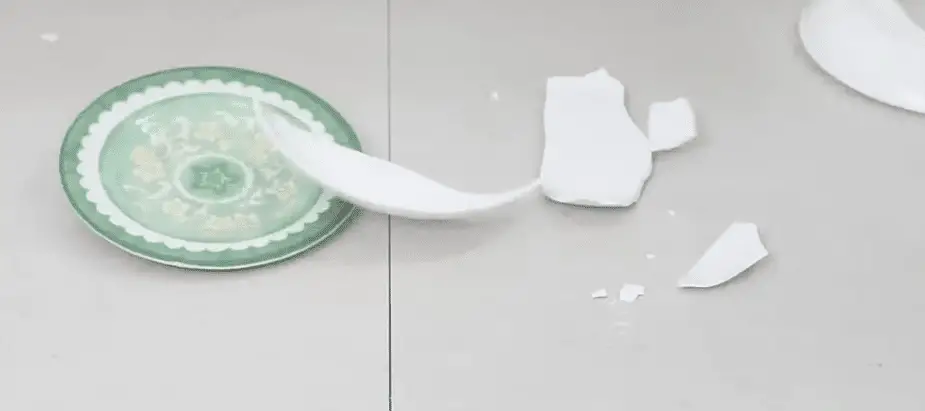
Melamine goods are more robust and shatter-resistant than other plastic kitchenware because of the melamine resin.
Restaurant-grade melamine can survive the rigors of daily usage while also being more resistant to scratch marks, wear, and abuse over time.
Are there melamine plates, bowls, or other tableware in your collection? To be safe, remember that it should be used accordingly as serving pieces and tableware.
